Q&A: Misery Index Frontman Explains Death Metal in New Book
Death metal is intense. It’s scarily loud, abrasive, with imagery and subject manner that if encountered by a nun, would 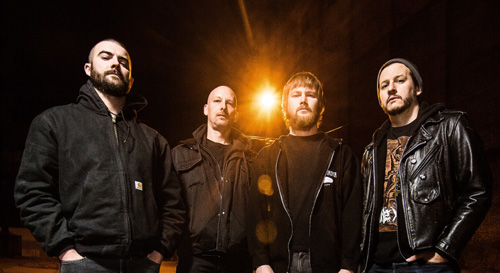 most likely result in her exploding at the seams. Not for the faint of heart, this form of extreme music is one – that when analyzed – was truly developed and made into what it is today by those who fought hard to bring the genre up from the underground in the late 1980’s, early 1990’s.
most likely result in her exploding at the seams. Not for the faint of heart, this form of extreme music is one – that when analyzed – was truly developed and made into what it is today by those who fought hard to bring the genre up from the underground in the late 1980’s, early 1990’s.
In a new book titled Extremity Retained: Notes from the Death Metal Underground, Jason Netherton (formerly of Dying Fetus, now frontman for Misery Index), has explored multiple facets of the genre through an oral history lesson of it.
Netherton came upon this project easily enough, after casual conversations with other artists he toured with became too good to just store away in his memory. Soon, he began recording his band guy to band guy talks, and soon had enough material to build a nearly 500-page look at death metal through the eyes of those who were, or are still within it (view the full list here).
Ahead of the book’s April 11 debut, Riffyou.com caught up with Netherton to discuss the inner workings of a style of music that continues to pummel and terrorize many.
RY: When you were talking to the bands backstage and they were sharing their thoughts and anecdotes about death metal, were there perspectives or elements of the genre’s history that surprised you?
Jason: “Maybe they confirmed some of my own perceptions, because I grew up in that time. I got into death metal around 1990 and I started my own death metal band [Dying Fetus] in 1991, so I witnessed certain changes myself, and could relate to what [those interviewed] were saying.
“But, a lot of it has to do with how it had this mystique in the underground and it had these barriers of entry which were natural, because it was such a DIY, tape-trading, fanzine culture, which was all driven by the international postal service. Most of the lamentations from the old-school guys were that [the scene] was so 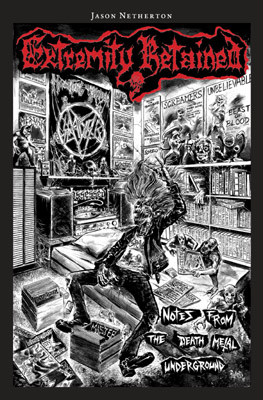 much more special then. A lot of [what they had to say] was informative too. I didn’t know what it was like to tour then, so it was interesting to talk to a lot of the first-generation guys about how they organized tours, and how they’d get into cars and start driving around – based on very loose, and dubious connections – [and not know] if the show was even going to happen.”
much more special then. A lot of [what they had to say] was informative too. I didn’t know what it was like to tour then, so it was interesting to talk to a lot of the first-generation guys about how they organized tours, and how they’d get into cars and start driving around – based on very loose, and dubious connections – [and not know] if the show was even going to happen.”
RY: I can’t imagine that it was an easy thing for death metal bands to get gigs back then. Surely some venues must’ve been scared about what they were getting into.
Jason: “It was so hard for death metal bands back then to get shows, because this was the late ‘80s when [commercial] metal was really big…that’s what was bringing people into clubs. If you came in with these morbid demos with vocals that were indecipherable, the culture wasn’t ready for that yet. They really had to fight to get on these shows to open up for hair metal bands. When you got there, the other problem was the sound guy. He really didn’t know how to make death metal sound.”
RY: How would you characterize the evolution of death metal from back then to today?
Jason: “It’s a process of incorporation…you can see it with other sub-genres of music. They had a foot-hold and their own sub-culture; their own way of organizing themselves; and producing their own media; and then popularity begins to grow and grow and that’s when certain entities begin to take notice of it and say, ‘hey, maybe we can make some money off of this if we go in and [support] some of these bands.’ In the late 1980s a few, prime first-generation bands like Death and Morbid Angel were guinea pigs for the scene. They signed bad contracts, but at the same time were the first ones to have their albums in record stores everywhere.”
RY: Have you determined what death metal is? I’d think there are a lot of definitions out there.
Jason: “I wanted to talk to a lot of the guys who were there in the late ‘80s and find out what they thought differentiated death metal from thrash and speed metal…those were the dominant forms of extreme metal those days. First of all, the vocals are the main thing. Once they started getting higher, or lower, and into more indecipherable realms…that was a key indicator.
“Death metal also tends to be more de-tuned and goes for heavier, thicker, guitar tones; while the drums are faster and more extreme with the double-kick (drums), and machine gun beat. That first incarnation of what death metal was, would be the standout definition. But, in ensuing years, it has fractured into so many sub-genres.”
RY: Do you think some music fans are still scared shitless of death metal?
Jason: “Yeah, that topic came up in the book. When I spoke earlier about this idea of mystique, that’s sort of gone now…that’s the feeling you get from those first-generation bands. [Back then] you had no way to see these bands. You didn’t know what they looked like half the time. You’d just hear the demo. You couldn’t look them up online.”
RY: Along with the music, there’s also a lot of dark imagery associated with death metal. How crucial is that stuff to the genre?
Jason: “It was a natural extension of the music. In the late ‘80s, they were trying to push the musical extremity of it, as well as the imagery. It devolved in the ‘90s to who could be the most [wicked], because the lyrics would get really, really brutal. I remember when I first read Cannibal Corpses’ lyrics in 1990-91, I didn’t know they could even print that stuff in cassette j-cards. The imagery got more, and more sick. [There’s] this idea of pushing the envelope.”
RY: Through your travels, have you determined how much these guys really believe in, or live some of those crazy dark lyrics they put forth?
Jason: “The vast majority of the musicians were young and had this uncaring attitude towards this stuff. A lot of those guys have mellowed out and are pretty average, normal dudes in their middle-age. Even guys like Glen Benton – who is 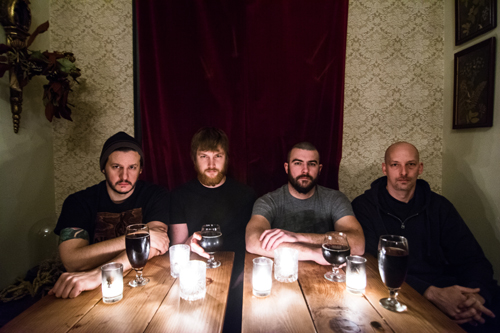 the singer and bass player for Deicide that would notably talk to the press about his anti-Christian views and burned a cross into his forehead – is a pretty, normal, fun, middle-aged dude just hanging out and telling stories. I think a lot of that stuff was for the sake of the presentation.”
the singer and bass player for Deicide that would notably talk to the press about his anti-Christian views and burned a cross into his forehead – is a pretty, normal, fun, middle-aged dude just hanging out and telling stories. I think a lot of that stuff was for the sake of the presentation.”
RY: Can the same be said for the pretty extreme names some bands would have? Like, you did co-found Dying Fetus…
Jason: “Yeah, I can speak from experience since I created that name. We were late teenagers and looking to find a name that matched the extremity of the music and would be offensive, and push the music and its imagery to a more extreme direction. These days, with the culture the way it is, anyone has access to seeing the most horrible things you could imagine, by pressing a few buttons. The level of what’s extreme in culture today…the bar is a lot lower than it was before the Internet. Dying Fetus doesn’t sound as threatening anymore.”
RY: What’s the biggest misconception people have of death metal?
Jason: “The biggest thing is that people perceive it as an entirely negative thing…like a force of pure negativity. But really, when you peel back all of those dark overtones, you find that the people and the scene itself is very welcoming and friendly. It’s all about camaraderie and helping each other out. And, it’s about making great music.”
-Adam Grant
Please be sure to follow us on Twitter @riffyou and at Facebook.com/riffyou.
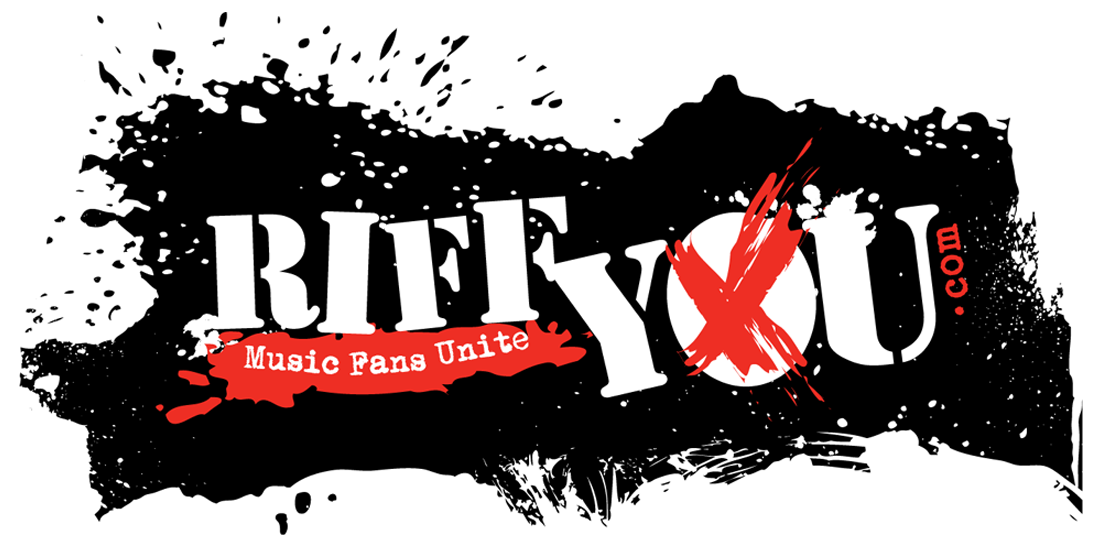


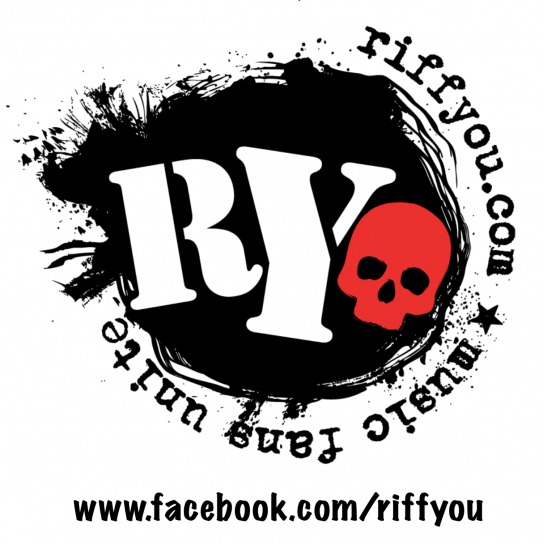






























Jason was always such a supportive person, I remember him be being one of the first people I talked to on the phone when I was starting my small distro. I sold loads and loads of DYING FETUS CDs and (merchandise) T-shirts all over New England and if it wasn’t for him I probably wouldn’t have survived in the early days.